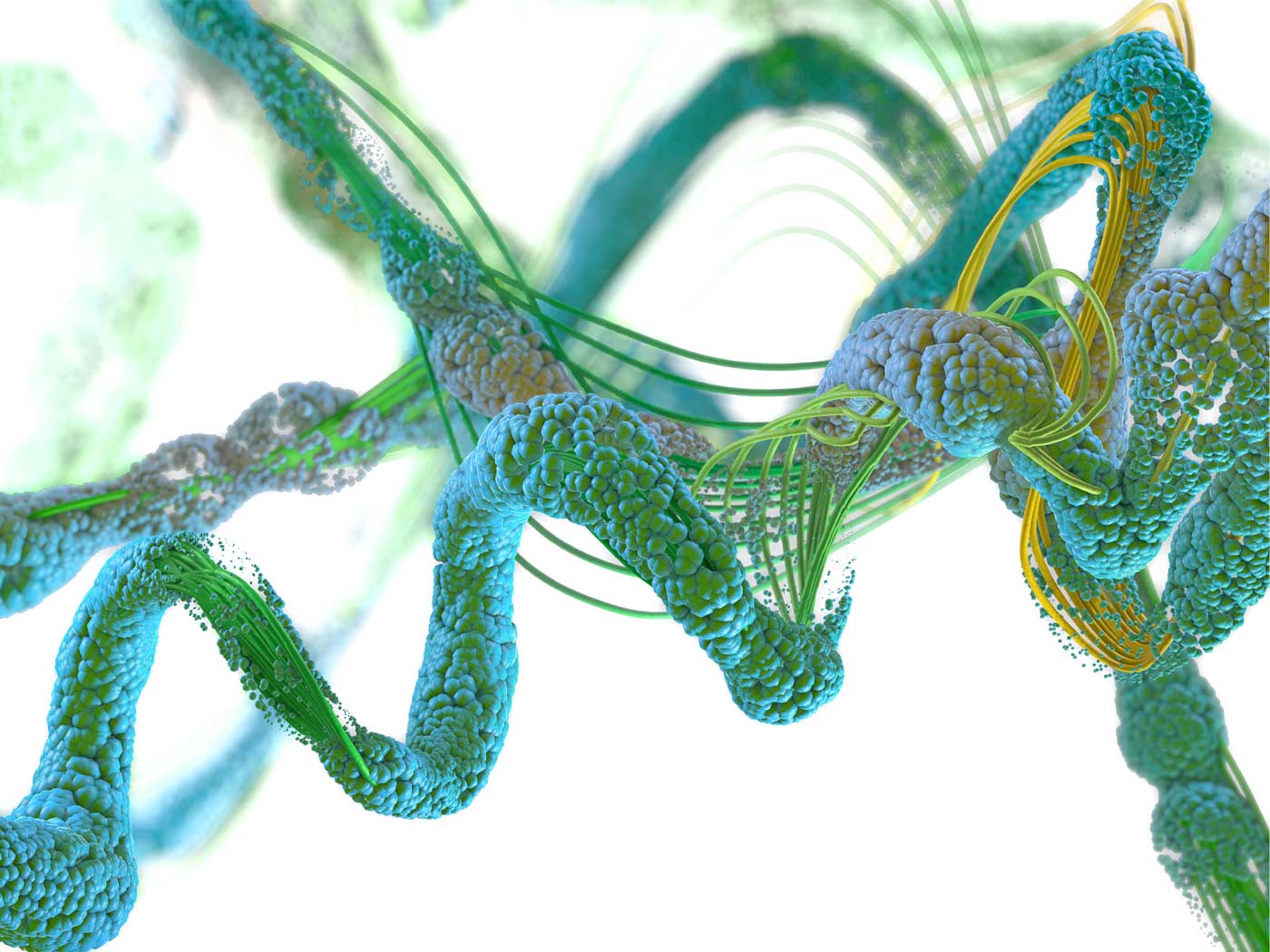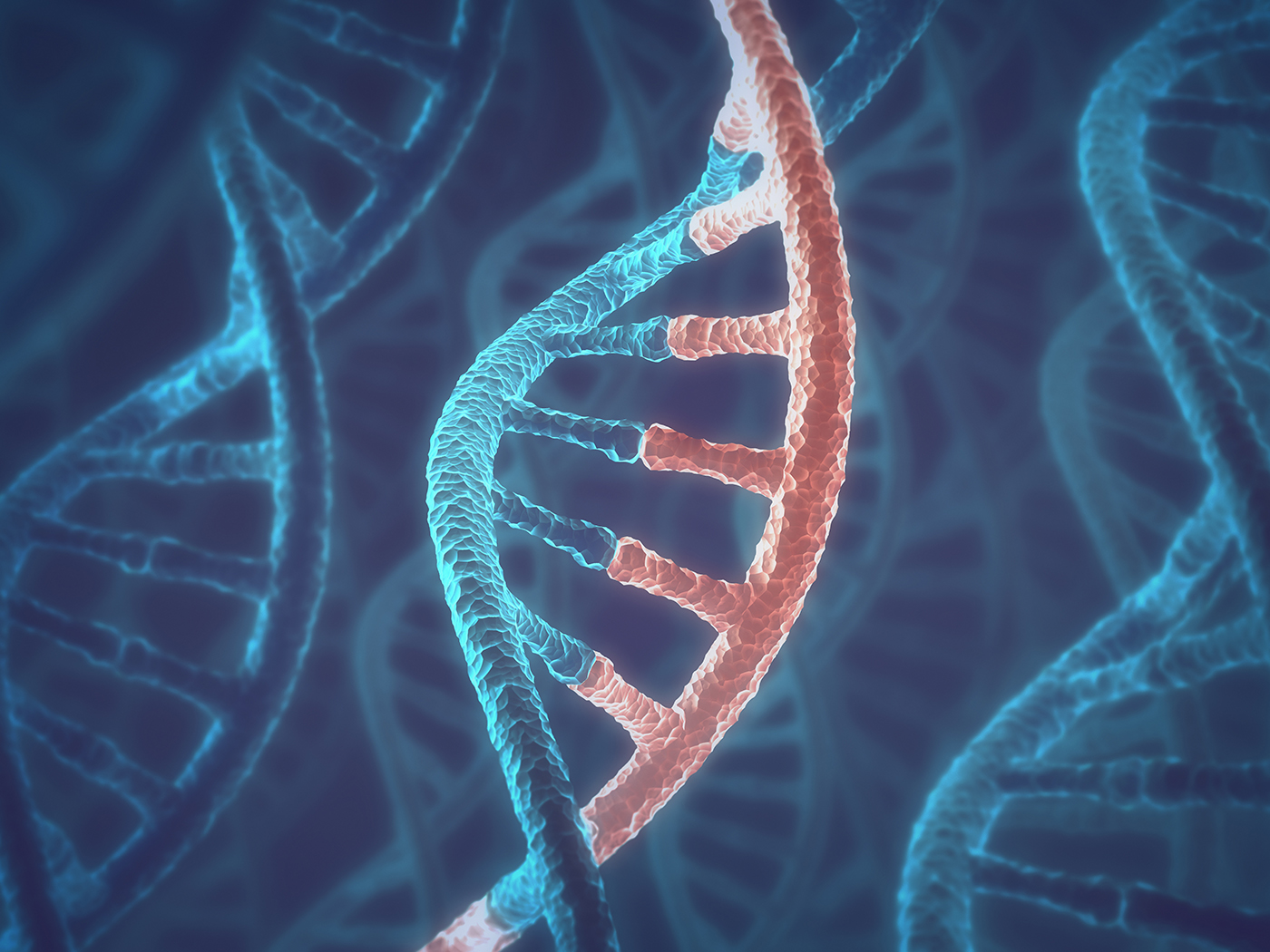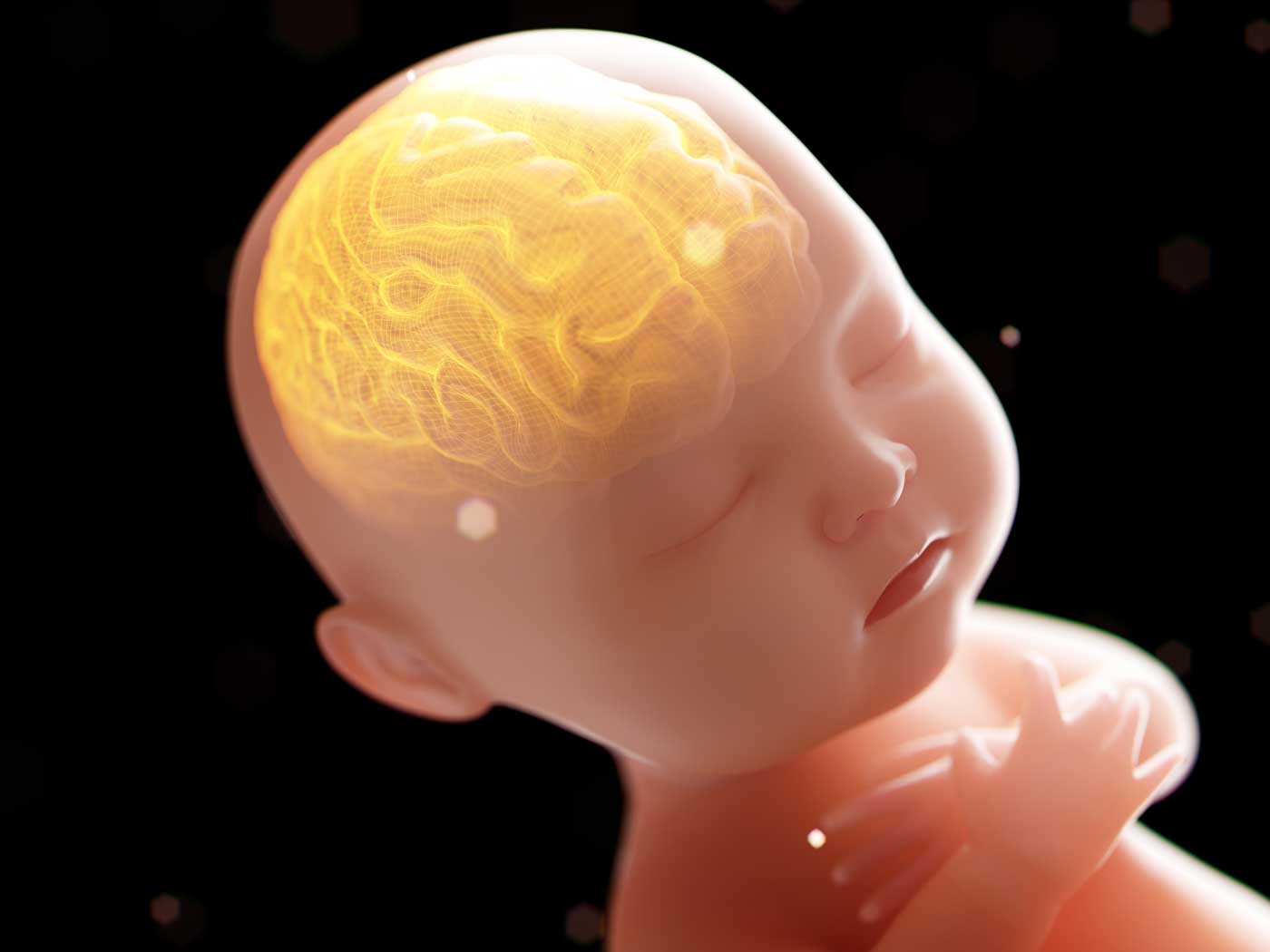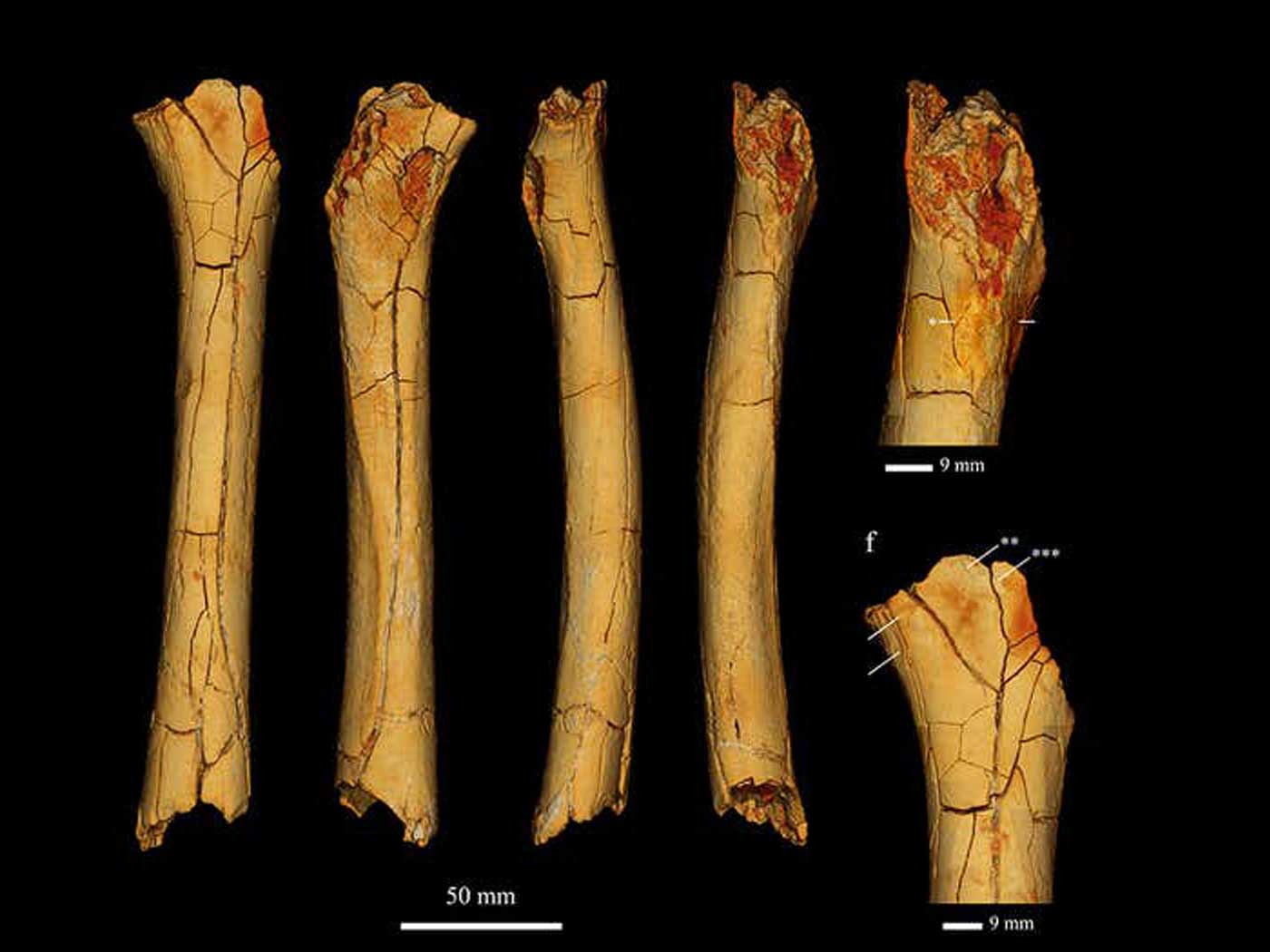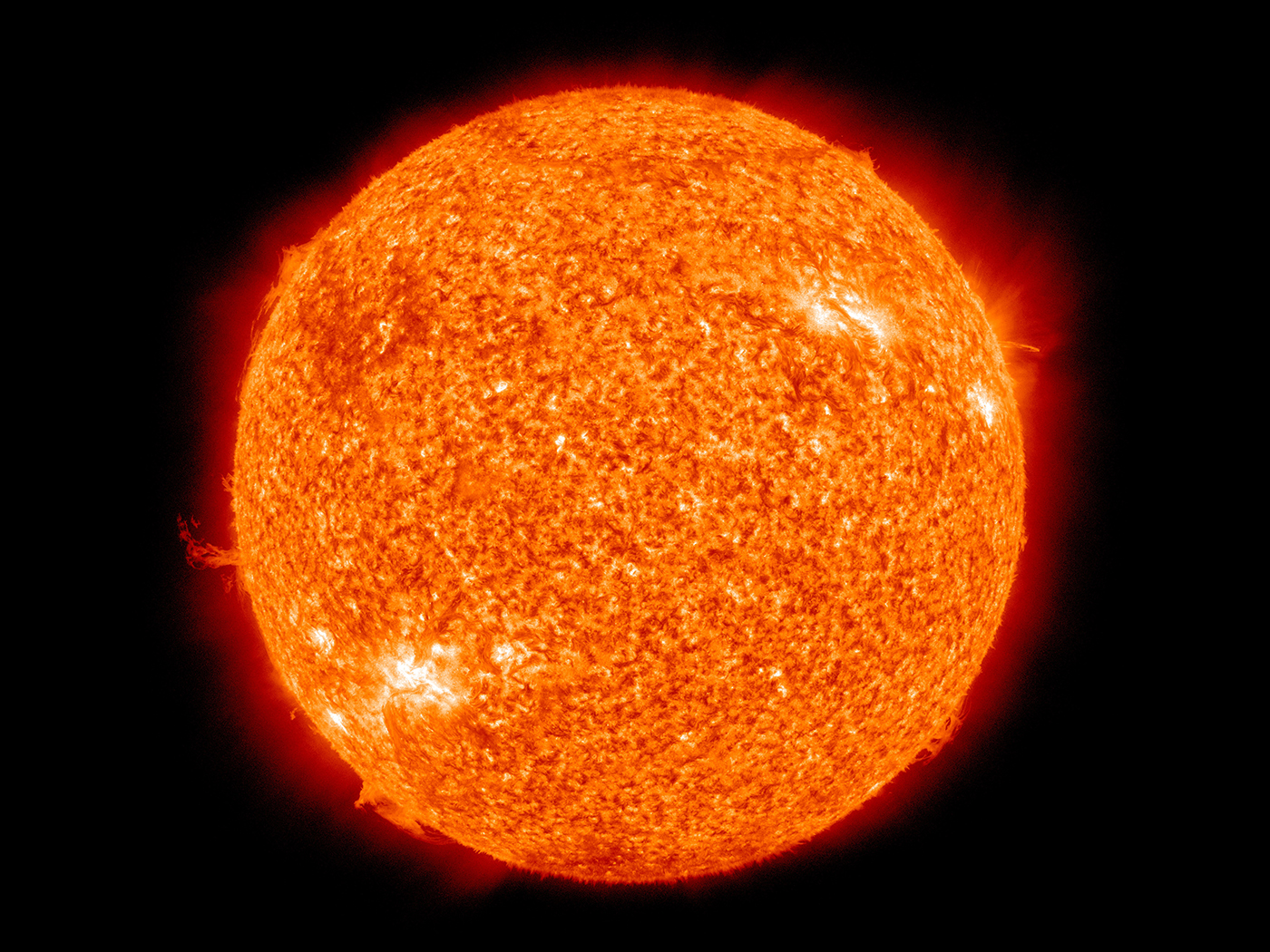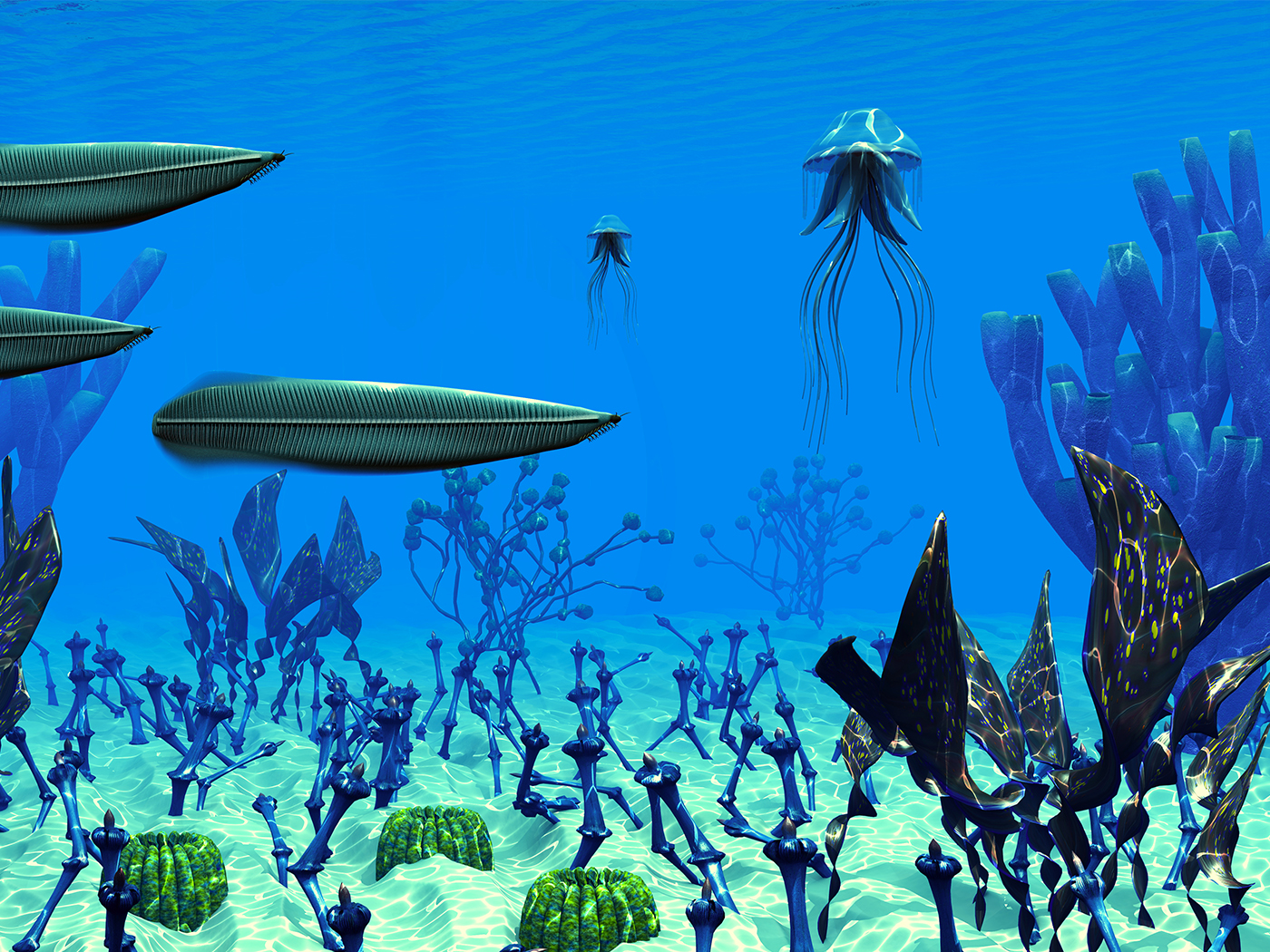Researchers recently scanned a region of the smallest human chromosome and found three previously undiscovered families of genes that are uniquely human and completely absent from apes.1 This new discovery continues to highlight previous research, showing that the human genome contains many human-specific genes not found in apes—utterly confounding the rapidly crumbling paradigm of human-ape evolution.
Scientists have long known that many regions of the human genome are markedly different from apes, specifically chimpanzees (our supposed closest ape ancestor). For example, in 2010 a detailed sequence analysis of the chimpanzee Y-chromosome was produced and was so drastically dissimilar to human that the researchers claimed, “Indeed, at 6 million years of separation [an evolutionary assumption], the difference in MSY gene content in chimpanzee and human is more comparable to the difference in autosomal gene content in chicken and human, at 310 million years of separation."2,3 In fact, the most recent analyses comparing the entirety of the chimpanzee and human genomes reveals that they are no more than 84% identical.4
Because evolutionists need a nearly identical 98.5% similarity between humans and chimps to make their theoretical ape-to-human evolution model seem plausible, the current well-established genetic chasm of dissimilarity has soundly disproved the evolutionary model. But not only is large-scale DNA dissimilarity a huge problem for the fictional story of humans evolving from a chimp-like ancestor, but so is the issue of human-specific genes that have no similar counterparts in apes. In fact, previous studies have identified hundreds to thousands of human genes not found in chimps.5,6 And now, we have yet one more study adding to the overall dissimilarity in the human versus chimp gene count discrepancy.1
In this new study, researchers scanned the most recent drafts of the human and chimpanzee genomes looking for unique genetic features specific to humans starting with the smallest human chromosome (number 21). They discovered three families of microRNA genes unique to humans. These genes encode regulatory RNA molecules and are actively expressed and involved in the genetic regulation of a variety of tissues in the body including the brain.
As the drafts of the human and chimpanzee genomes become more accurate and as they continue to be compared to each other, as software improves and scrutiny deepens, the clear truth of human uniqueness will keep on emerging with ever-resounding clarity. The genetic data fully supports the scriptural revelation in Genesis that humans were created uniquely in God’s image by the Creator, the Lord Jesus Christ.
References
1. Hunter R. Johnson et al. 2022. The Evolution Of De Novo Humanâ€Specific MicroRNA Genes On Chromosome 21. American Journal of Biological Anthropology.
2. Tomkins, J. and B. Thomas. 2010. New Chromosome Research Undermines Human-Chimp Similarity Claims. Acts & Facts. 39 (4): 4-5.
3. Hughes, J.F. et al. 2010. Chimpanzee and human Y chromosomes are remarkably divergent in structure gene content. Nature. 463 (7280): 536-539.
4. Tomkins, J.P. 2018. Separate Studies Converge on Human-Chimp DNA Dissimilarity. Acts & Facts. 47 (11).
5. Tomkins, J.P. 2016. Genetic Gap Widens Between Humans and Chimps. Creation Science Update. Posted January 21, 2016, accessed March 8, 2022.
6. Ruiz-Orera, J. et al. 2015. Origins of De Novo Genes in Human and Chimpanzee. PLoS Genetics. 11 (12): e1005721.
* Dr. Tomkins is Director of Research at the Institute for Creation Research and earned his Ph.D. in genetics from Clemson University.
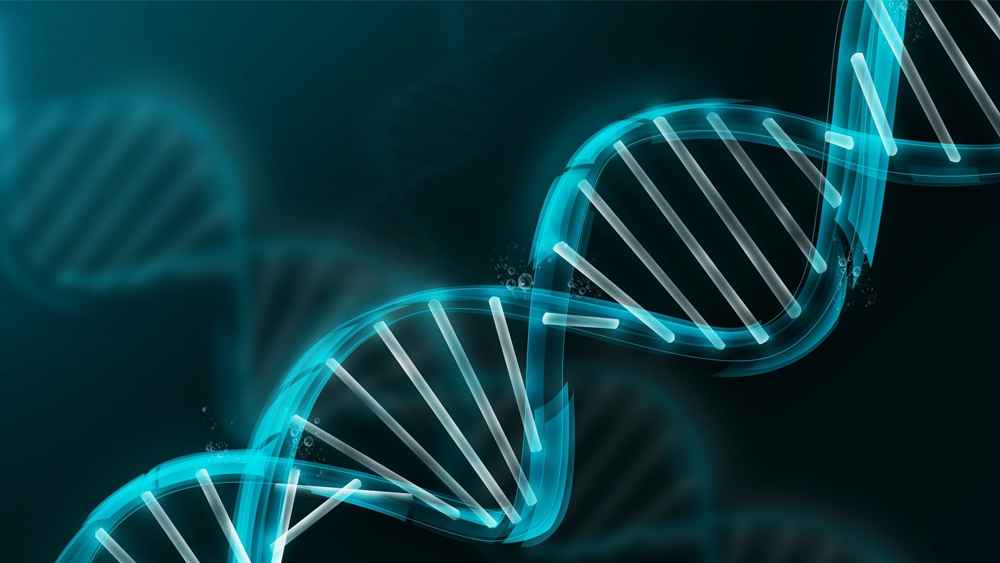
More Unique Human Genes Defy Evolution Narrative
The Latest
Moroccan Dinosaurs in Marine Rocks, Too
Two recent papers by paleontologist Nicholas Longrich and his colleagues describe some unexpected findings in phosphate mines of northern Morocco.1,2...
CREATION PODCAST
Ernst Haeckel: Evolutionary Huckster | The Creation Podcast:...
Ernst Haeckel, a German Zoologist, is famous for developing a series of images of embryos in development called Anthropogenie. These images,...
Bees Master Complex Tasks Through Social Interaction
Bees are simply incredible.1,2 These little furry fliers challenge the very foundation of Darwinism in many diverse ways.
Bees have been...
The Tail of Man’s Supposed Ancestors
Although it has been known for decades and despite insistence to the contrary from the evolutionary community, man—Homo sapiens—has never...
When Day Meets Night—A Total Success!
The skies cleared above North Texas on Monday, April 8, for a spectacular view of the 2024 Great American Solar Eclipse. Hundreds of guests joined...
The Sun and Moon—Designed for Eclipses
Before discovering thousands of planets in other solar systems, scientists tended to assume that other solar systems would be very similar to our own....
Let ICR Help You Prepare for the Great American Solar Eclipse!
On Monday, April 8th, the moon will move directly between the earth and the sun, resulting in a total solar eclipse visible in northern Mexico, much...
Total Eclipse on April 8th
“You alone are the LORD; You have made heaven, the heaven of heavens, with all their host, the earth and everything on it, the seas and all that...
CREATION PODCAST
Dismantling Evolution One Gear At A Time! | The Creation Podcast:...
The human body is a marvel of complexity and the more we learn about it, the more miraculous our existence becomes! Can evolution explain the...
April 2024 ICR Wallpaper
"He appointed the moon for seasons; The sun knows its going down." (Psalm 104:19 NKJV)
ICR April 2024 wallpaper is now available...






